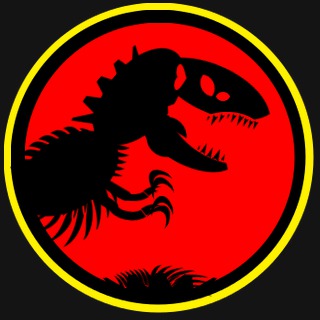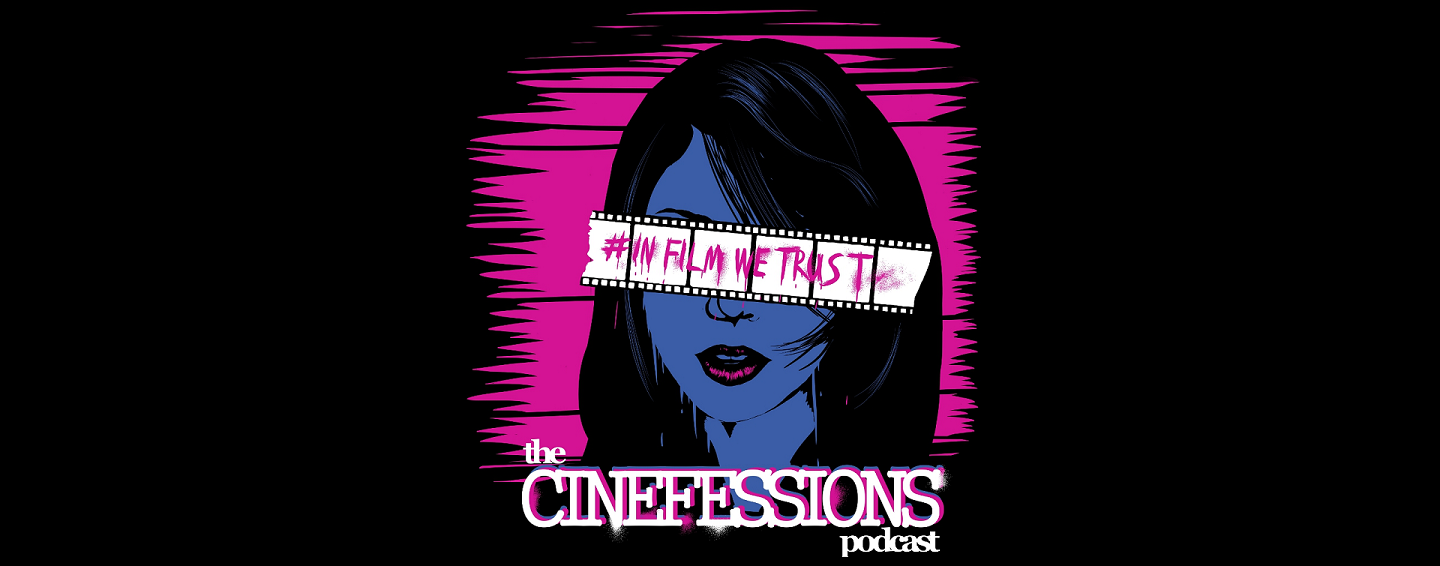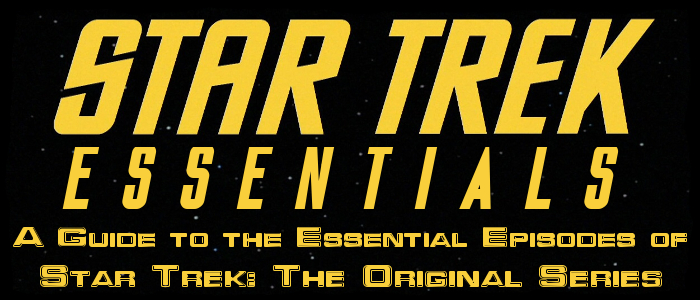Fifty years ago, Gene Roddenberry’s first “wagon train to the stars” began airing on NBC. Star Trek featured a cast of many nationalities, had people of color in important roles, it commented on the social problems of the day disguised in science fiction, and it was the first time we’d seen humanity out in the stars in a ship meant to not only get us to them, but to explore. It was a show about hope for the future, a future that we continue to ape from today with our cellphones, video conferencing communications, and even equipment you can carry around that will tell you the current and future weather conditions.
Was Star Trek perfect? No. Between all the series that they put out from the ’60s, to the reintroduction of the show again with Next Generation in the ’80s, and up through Star Trek Enterprise, there were some episodes that didn’t work, weren’t necessarily poignant, and some that were just not good sci-fi. I’ve seen a number of articles out there listing the great episodes. There are several guides on how to get through the shows as quickly as possible so you get the most for your streaming buck. These guides don’t necessarily go into much detail, though. They list them, but they don’t rate them or give you much info on them. Star Trek Essentials aims to be a little different. I’m going to go over two episodes twice a week, review them, and talk about what makes them special.
Starting off the second season of Star Trek the Original Series, we get hit with an emotional Vulcan bang and while there are fewer episodes this season that are as good as the first season, we get Chekov and a few of some of the best episodes of Trek ever put on television. This week we’re tackling Vulcan weddings and Spockzilla along with my favorite episode of the original series featuring a giant planet killing machine.
As a note, I’m not going with broadcast order on these, but rather production order, although for simplicity’s sake I’ve got the episode number as they appear on Netflix for those that want to watch these.
Amok Time (Season 2, Episode 1)
En route to Altair VI for a diplomatic meeting, the Enterprise has some internal strife aboard as the normally reserved Spock has become extremely emotional and prone to outbursts bordering on violent. McCoy is ordered to check him out after several attempts by Spock to shift the ship’s course to Vulcan, his home planet, when McCoy figures out Spock is dying. Spock confides in Kirk and McCoy that it is the pon farr, a period after a Vulcan has grown to adulthood where they must take part in certain rituals to quell it, in this case, a wedding. Things go awry when Spock’s intended challenges the wedding and a trial by combat is initiated instead.
After a full season of mostly mystery we finally get some real insight into the Vulcans, their personal lives, the look of the planet, their language, and their customs. It’s kind of a fascinating look into things and is a great character building episode for not only Spock, but for the relationship and friendship between him and McCoy and Kirk. Hell, this episode is so synonymous with Trek and the series that it’s been parodied a number of times, including in one of the funnier sequences in The Cable Guy. They even touch on this a bit in the third feature film and the look here largely drives the sequences on Vulcan in both the reboot film in ’09 and the Motion Picture from ’79. It’s a well done episode, and while I think a few things could have been handled a bit better, it still holds up amazingly well.
![]()
The Doomsday Machine (Season 2, Episode 6)
The Enterprise receives a garbled distress signal and begins to investigate, finding a star system destroyed, all the planets reduced to nothing more than rubble. Investigating further they find more destroyed planets and the remains of a sister ship, the Constellation. Beaming over they find one lone survivor, Commodore Matt Decker, who tells Kirk and crew about a giant machine going around destroying planets. Decker tried to stop it but it wrecked his ship and he had to get people off but it wiped out the planet he beamed them down to. Decker is a wreck much like his ship, but after beaming him back to the Enterprise and leaving a boarding party with Kirk on the Constellation, the machine attacks again, leaving Decker to take command of Kirk’s ship and hunt his whale.
This isn’t the first Moby Dick style story we’ll get in Star Trek, but some of their better stories end up revolving around the need for blind revenge. Decker here, Khan in Star Trek II, Picard in First Contact, these all resonate and hit the audience with some powerful emotions that are easy to sympathize with, or at least understand. While the original episodes’ effects weren’t exactly the best, the story really did it for me. The HD revision with new effects looks fantastic, and I love that the planet killer looks basically the same, but up close there’s a lot more detail to it. Another bottle episode, taking place entirely on existing Enterprise sets and dressed to looked like the damaged Constellation where needed, the set designers and light riggers did a great job making the ships look and feel very different. Compelling and still heartbreaking, I still get chills when Decker has a breakdown and tells Kirk what happened to his crew. Great stuff.
![]()

Born the same year as Star Wars, it seems Ashe was destined to be into films with big impacts, explosions, and laser swords. With a love for sci-fi and horror, Ashe has a thing for games of both the tabletop and video variety. He is living a charmed, married life of sixteen years, along with several cats, a dog, and a bearded dragon. Ashe currently writes for Diehard Gamefan, covering video and tabletop games since 2008. Starting with Cinefessions just a few years ago, he has decided to tackle one of his original passions: film.


